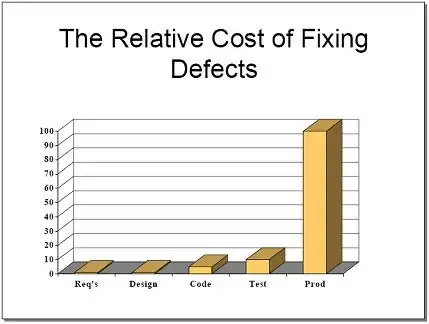Here is a chart from my experiences with and without unit testing. How many of the problems on the right-hand column apply to your project?
With Unit Tests Without Unit Tests
----------------- ----------------------------- -----------------------------
Development Code/Test/Refactor Cut and Paste/Hack
Process or Test/Code/Refactor to minimize code change
and avoid complete retest
Module Coupling Limited by continuous Tangled due to need to
refactoring add features with minimal
code change
Program Design Evolving through Refactoring Frozen due to risk of change
Velocity Increasing as higher-level Decreasing as code volume and
over Time functions are factored out coupling increase
Bugs detected Mostly by developer Mostly by QA or Customer
Cost of bugs Lower Higher
You should be able to point to specific instances where the code volume was increased unnecessarily, or the module coupling was increased to minimize the need for retest. However, if they don't believe they have a problem, and are not interested in improvement, there may be little you can do. Even when continued maintenance becomes uneconomical, they may believe that is simply the normal end of all software projects.
I have been successful in improving testing only when management knew they should be testing, but weren't sure how to do it economically. When an organization is uninterested in process improvement, great patience is needed to effect change. How patient are you?
